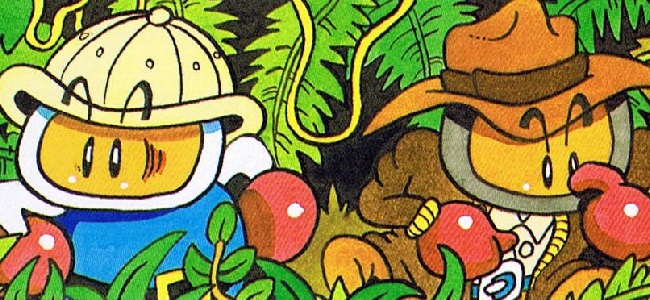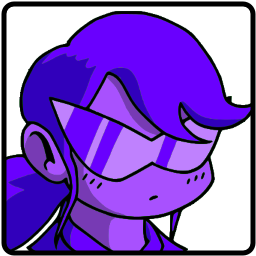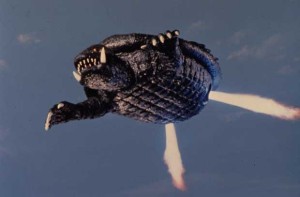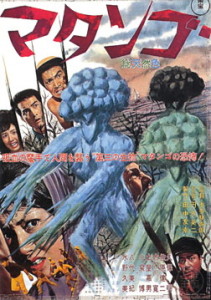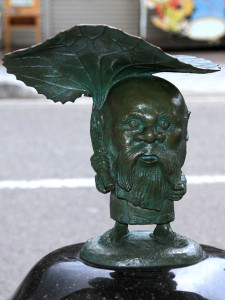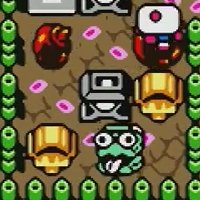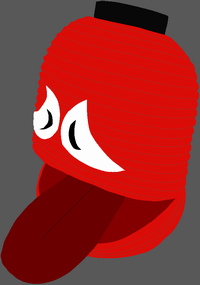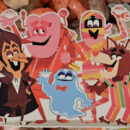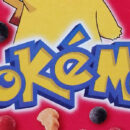You may not notice it, but video games are often packed with cultural references. You may not notice it because, if you’re a westerner, many of these references come from western culture, mythology and religion, and are thus so familiar to you that you don’t think anything of them, like a local accent – maybe you’re fighting Medusa heads and vampires in Castlevania titles, or maybe you’re using the down of a phoenix to resurrect an ally in a Final Fantasy game. You may also not notice it because the references you don’t catch fly completely over your head.
I find customs and myths and even foreign pop culture to be very interesting, especially when they’re new to me. It’s weirdly inspiring. Right now, it’s inspiring me to try and introduce you to some of the neat stuff I’ve come across over my many years of studying the Bomberman franchise more deeply than any rational person ought to. Without further ado, let’s take a look at some Japanese myths and pop culture that made its way into Bomberman in the form of various enemies.
1. Gamera
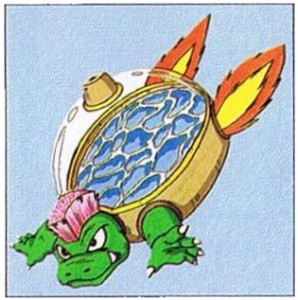 Shogakukan
Shogakukan It’s the first image in the article, and I’m already at a loss for captions.
It dawned on me like an ancient terrapin ass-blasting its way over the Nippon sky.
…What if Superman did tuck his legs into his body and shoot flames from his hips to fly? Just imagine it. It looks insane, doesn’t it? Somebody needs to draw this and link it in the comments section… Shit, I’m digressing.
2. Matango
 Shogakukan
Shogakukan One type looks like fungi. The other looks like a fun guy.
Even before Super Bomberman 3, though, Super Bomberman 2 featured a secret level called “Matango Jump”, which was full of mushrooms. But the Matango monster predates even that, hailing from an earlier Hudson Soft franchise. Here’s a bit of Bomberman history: Many enemy characters in the series actually came from the Hudson Soft games Neutopia and Neutopia II, mostly from the latter. Matango is one of these enemies, and even had the same basic tactics (walking around and shooting spores at the player).
…I’m digressing again. I apologize. Sometimes I get a little too invested in this stuff.
Anyway, as it turns out, the name “Matango” is a reference to yet another 60’s Japanese monster movie. Can you guess what it’s called? Just guess. It’s called Matango. It’s about a group of people who crash their boat on an island full of weird fungus. They feel weirdly compelled to eat the fungus, and, even though they’re aware that the urge is unnaturally strong and probably wrong, they still do it (this is some OCD shit…take right here). To make a long story short, the fungus turns them all into mushroom people. Oh, the humanity.
These are probably less-than-fun guys.
3. Korobokkuru
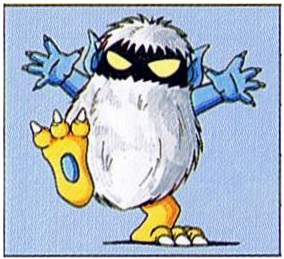 Shogakukan
Shogakukan Never trust strangers who give out free hugs.
Korobokkuru is a small, bipedal creature that is so obscured with fur, only its eyes and ears are visible on its face. It can walk up and down or curl up into a ball and jump around. Don’t expect me to explain that part. If it has anything to do with real-world lore, it’s far too obscure for me to know. My best guess is that it’s a name pun – “koro” could sound like “gorogoro”, an onomatopoeia for rolling, and/or “kuru” could be similarly linked to “guruguru”, meaning “spinning around”.
I can explain what the creature as a whole is supposed to be, though. According to the official guidebook, it’s a genjin, or “primitive human”. In case it isn’t clear, we’re not talking about pop culture anymore.
Korobokkuru, also known as koropokkuru, were said to be actual, real people, according to the Ainu of northern Japan. The name has been thought to mean either “people below the butterbur/petasites” or “people below the ground/pit-dwellers”, depending on whom you ask. There is a strong implication that they are diminutive humans, that they lived in leaf-covered pits, and that they are responsible for the ancient pottery and stonework that was scattered throughout the area inhabited by the Ainu, but beyond that, the legends differ from tale to tale. One story tells of korobokkuru who saved an Ainu village from starving in a lengthy and arduous winter by bringing them food every day. Other stories depict them as timid creatures who hate being seen, and who fled forever from the humans when tricked and trapped by them.
If this sounds familiar to you, and you’re not familiar with the legends of the korobokkuru, then congratulations, you grew up on planet Earth. It’s somewhat fascinating how, regardless of where our people have grown, we always seem to come up with the same sorts of stories. Seriously, look at this statue of a koropokkuru and tell me it doesn’t remind you of a dwarf:
“It doesn’t look like a dwarf” – people who take everything literally.
4. Chōchin-obake
Lightron is the green thing at the bottom. I don’t understand the appeal of depixelizing filters, but I’ll take what I can get.
Anyway, Lightron is a fairly ordinary enemy that just moves around and spits out floating flames. It appears in a world called Secret Star, which seems to be Edo-themed, and if you know much about Japanese decor, you should know that it’s a lantern. If you know much about Japanese yokai, you’d know what it really is – a chōchin-obake, or “lantern obake” (Wikipedia can screw right off for this one, because it’s not a ghost).
“Whassuuuuup?”
Others, however…
5. Wanyūdō
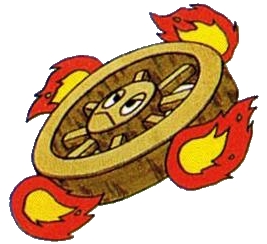 Shogakukan
Shogakukan I’ve heard of burning rubber, but this is wood, and that is a bit ridiculous.
Bōbo is an enemy that first appeared in Bomberman ’94 and then appeared in… Super Bomberman 3. Yeah, another one of those. Super Bomberman 3 took a lot of stuff from Neutopia II and Bomberman ’94. It’s not a bad thing, just very, very noteworthy.
Bōbo is seriously just a wooden wheel with torches at the edges and a face in the middle of it. Two faces, really – one on each side. It has the simplest AI in the game and it’s only worth a meager 200 points. Between its simplistic design and base-level movement pattern, it’s easily one of the most forgettable enemies in the franchise.
But that’s just because you don’t know about the wanyūdō.
Some yōkai are inanimate objects or animals that have gained strange powers. Others are ogres and demonic beings. But still others were once ordinary human beings that, for one reason or another, transformed into horrific abominations. Such is the wanyūdō.
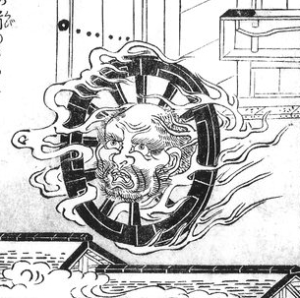 Toriyama Sekien
Toriyama Sekien He seems like a pretty O.K. guy.
On that deeply dark note, this concludes part one of our cultural lesson. Stay tuned, and maybe I’ll have another for you. Bomberman is chock full of this stuff.
h/t: Bomberman-specific information and images come from Super Bomberman 3 Hudson Official Guidebook (Shogakukan, 1995) and Bomberman Quest Official Guidebook (Shogakukan, 1998). I’d like to personally thank Ragey for all his hard work over the years, collecting and scanning these books. Please, Ragey, if I can pay you back, let me know what I can do for you… *shoulder strap falls down suggestively*.
